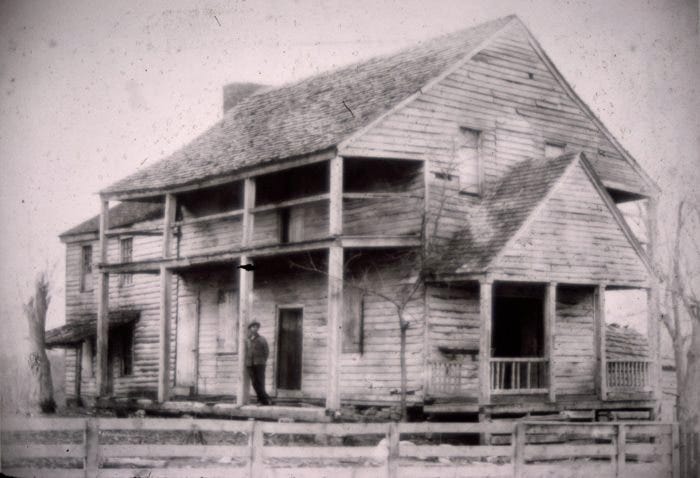Originally Rutherford County’s county seat,
Jefferson was usurped by Murfreesboro as county seat of Rutherford County on October 27, 1811 by an act of the Tennessee General Assembly. Originally giving it the name Cannonsburgh in honor of Newton Cannon, representative to the Assembly for the local area. At the suggestion of William Lytle, it was renamed Murfreesborough on November 29, 1811.
Jefferson, located in a bend of the Stones River, was was ideally located for the easy transport of goods and people by river. Main Street ran through the center of town all the way to the wharves.
The Trail of Tears ran through the heart of Old Jefferson. It still contains one of the few remaining “witness” houses in existence. The King-John house named “Liberty Hill” witnessed the forced eviction on Native Americans from their ancestral lands and also conflicts between the combatants during the Civil War.
In 1963 the initiative to build Percy Priest Lake sealed the fate of this once vibrant community. Over a four year period all of the property was bought by the Army Corps of Engineers and the entire town was destroyed.
But, the town didn’t flood as predicted and the destruction was unnecessary! Today foundations of some properties are still evident. “Liberty Hill, while in disrepair, sat far enough away from the downtown proper of Old Jefferson it was spared the demolishing.
If you want to learn more you can visit the Rutherford County Historical Society 717 N. Academy St. Murfreesboro, Tennessee or visit their website: www.rutherfordtnhistory.org .




Thanks, I was unaware that we even had a historical society. I will definitely visit them to see if I can find more info on my ancestors. With great difficulty I found the location of the old homestead where remains of fireplace still remains and found the family grave yard with about 25 gravesites all from the late 1600s and very early 1700s. History can be fascinating.